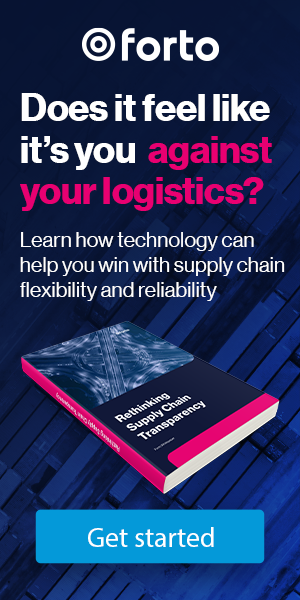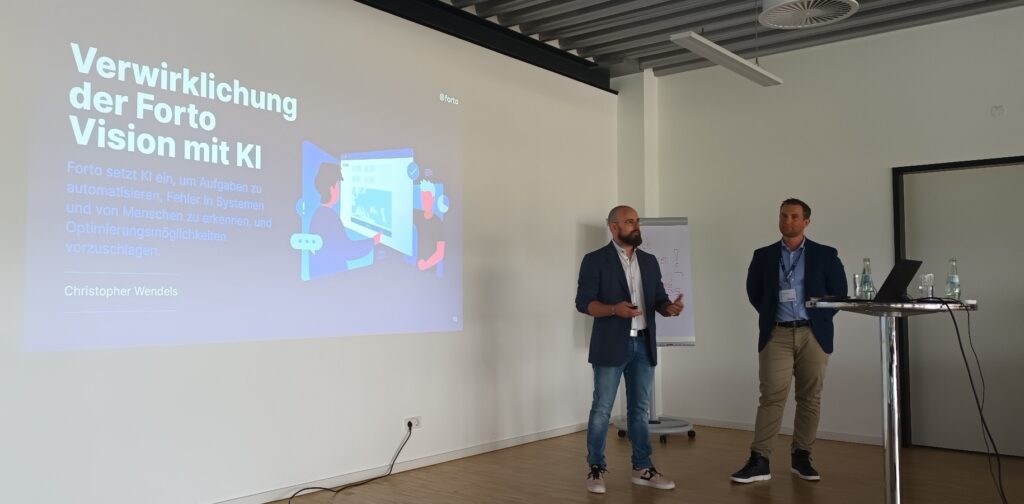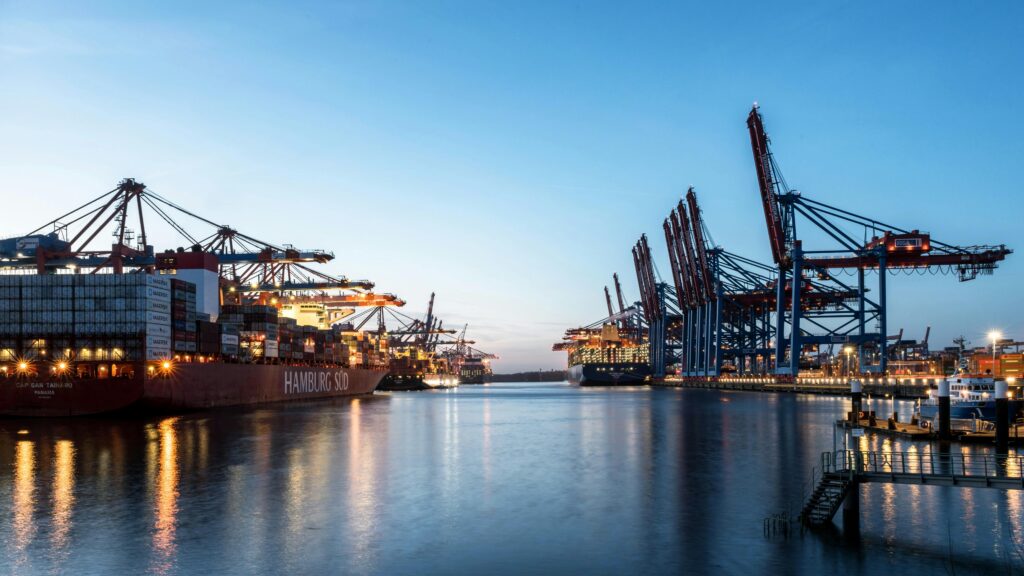- Tracking is a concept wherein the movement of cargo is monitored from door to door by one or many people enroute
- Containers were tracked individually at each of the modal points that they touched
- The power of information has shifted from the shipping line to the customer
One of the major concerns of any shipper has been, is, and will be the visibility of their cargo.
- Where is it currently?
- When will it reach the customer?
- How long has it been since it left the shipper?
are some questions that are quite regularly being asked by the customers.
How does one answer these questions considering that 177.6 million containers were estimated to have been shipped in 2015, covering 998 billion ton-miles.
It’s a concept called Tracking (also known as Track & Trace).
What is Tracking
Tracking as a form of communication can be said to be thousands of years old when people used to communicate or transmit messages using messenger pigeons.
Tracking is a concept wherein the movement of cargo is monitored from door to door by one or many people enroute.
How Does Tracking Work
As an example let’s take a cargo originating from Shanghai destined to Berlin.
This container goes through an intermodal or multimodal movement touching various points along the route.
Along the route the container could move
- by road from a warehouse in Wuxi to the Shanghai port
- by sea from the Shanghai port to the port of Rotterdam
- by the port of Rotterdam to a temporary warehouse for customs clearance
- by road from the temporary warehouse to Berlin, final destination
In the past, containers were tracked individually at each of the modal points that it touched. In the example above, the agents of the shipping line and/or the freight forwarder would be tracking the movement of this container in their own way.
Whether the container is under carrier haulage or merchant haulage, the container belongs to the line and will be tracked from the time it has been handed over as empty to the shipper at the port of loading till it is received back as empty at the final destination.
Each shipping line has their equipment control department which is responsible for tracking the container when it is within their range.
So, in the example above, the equipment department would receive a notification from their offices or their agents at each stage of the container movement. However, should shipping plans change for some reason – be it a change of port of call or a modal change from truck to rail – updates could cease.
Evolution of tracking
In the past, these communications were done by telephone, daily handwritten reports, daily typed reports, telex reports, daily printed reports etc., depending on the time period of shipment (60’s, 70’s, 80’s etc.).
With the advent of computerization, tracking evolved from manual entries and reporting to transmission between the computers of the agent, port and shipping line using EDI and other data sharing methods.
Loadstar reports that currently there is a lot of interest from customers who are interested in the option of getting their own smart container tracking device on lease, on a per trip basis.
As can be seen, the concept of tracking has remained the same through the evolution of containerization with the main objective of providing visibility to the customer. This will remain so as long as trade continues. But the methods of tracking have, however, steadily evolved to where it is today.
What Does the Future Hold for Tracking?
In the past, customers were dependent on the shipping line to provide them with information as this information was not available online and was only available with the shipping line.
The constant evolution and enhancements of tracking systems over the years has shifted the power of information from the carrier to the customer, providing the customer with the capability to track their cargo from the comfort of their offices or homes.
Customers are now at a stage where they at looking at further efficiencies in terms of tracking such as options
- for each entity in the logistics chain to monitor the progress of a shipment
- to reduce paperwork
- to protect data integrity
- to minimize fraud
- for identifying origins of the cargo to improve health and safety standards
All of the above may be achievable in the future as the industry looks towards new technologies such as Blockchain and real time tracking methods such as GPS and Satellite tracking, IoT (Internet of Things) incorporating Smart Container technology , tracking apps, and other digital solutions.
By the year 2025, in-terminal tracking will catch customs controls early while last mile tracking will include updates on traffic jams.
2025 and Beyond
Tracking and visibility efficiencies offered by B2C platforms and the emerge of eCommerce customers have set the bar for B2B transactions. New technologies are expected to offer the customer not only a comprehensive track of their cargo but also the documents, trade transactions and all other activities associated with the movement of freight.








